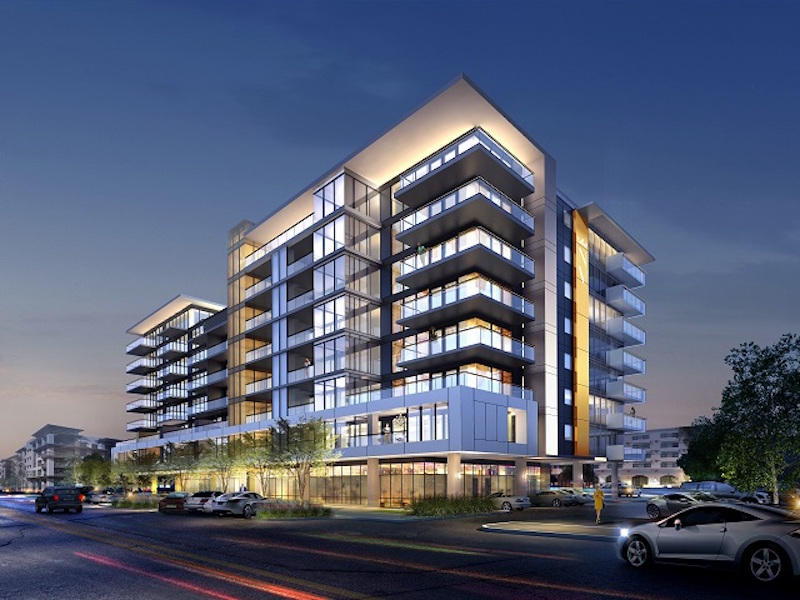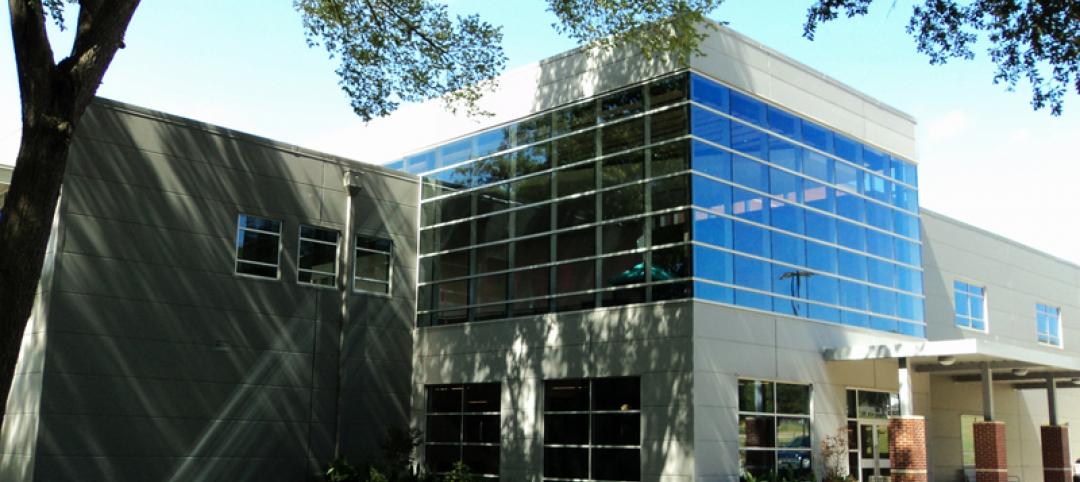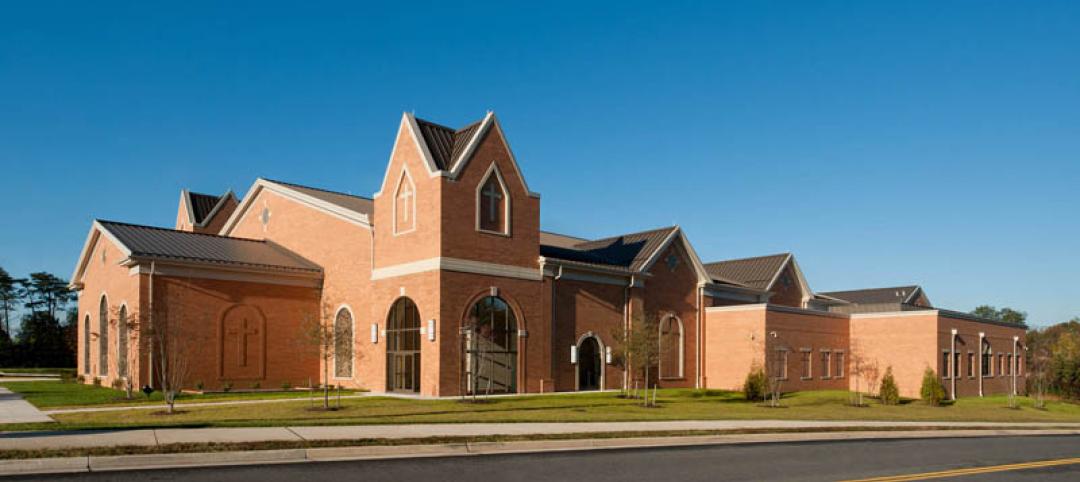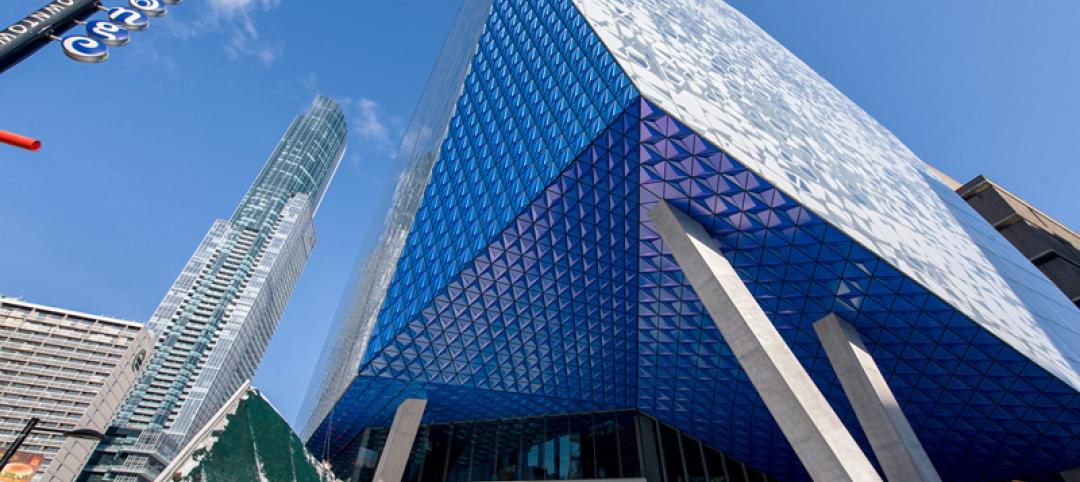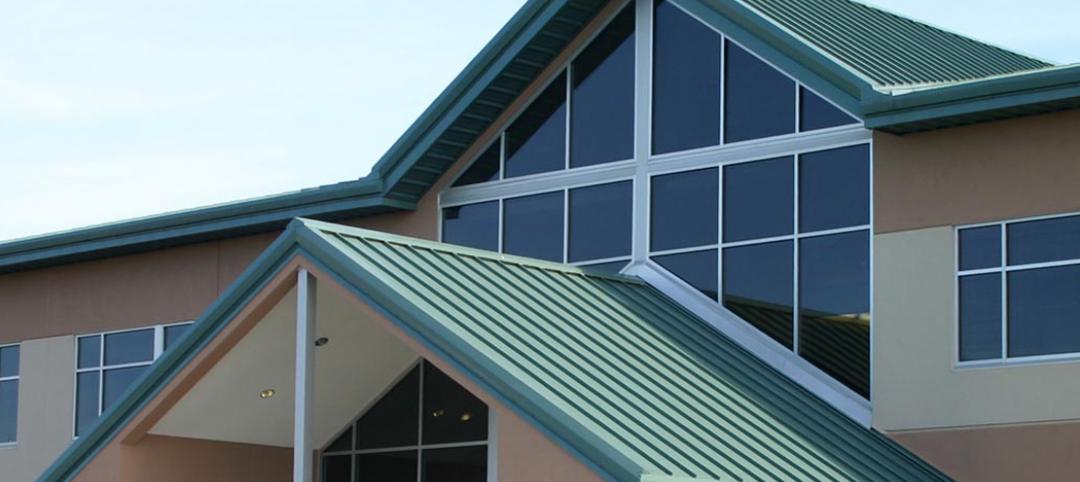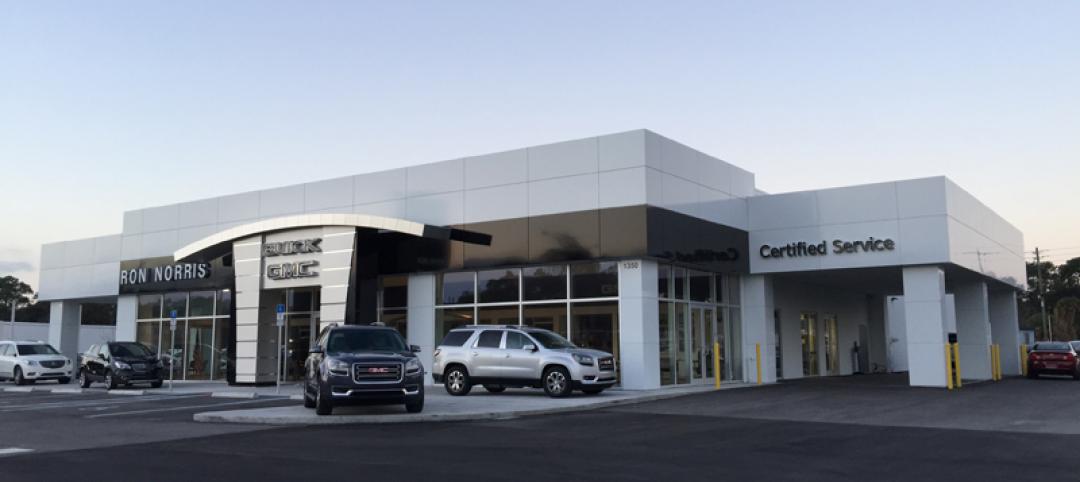Recent global fire events have shed light on the significance of local code compliance in high-rise construction. Although the current focus on metal composite materials (MCM) doesn’t adequately address the entire building envelope ─ which includes many additional components ─ it does provide an opportunity for architects and general contractors to brush up on their role in helping ensure safety.
MCM has been around since the early 70s and has proven to be one of the most versatile architectural cladding products available. Its adaptability, lightweight nature, ease of fabrication and selection of hundreds of colors and finishes help architects and designers achieve nearly any exterior (or interior) aesthetic. But, as with all building products, specifying MCM comes with compliance responsibilities.
There are guidelines to help specifiers understand the codes surrounding when to use traditional polyethylene core (PE) and when a fire-retardant core is required. “A good place to start when researching MCM codes is the 2015 International Building Code,” said James Moses, Technical Service Manager for ALPOLIC®, a leading MCM manufacturer. “The section’s first 10 subsections relate to specifying compliant cladding material for any type of building and height. The last four subsections review compliance for special situations.”
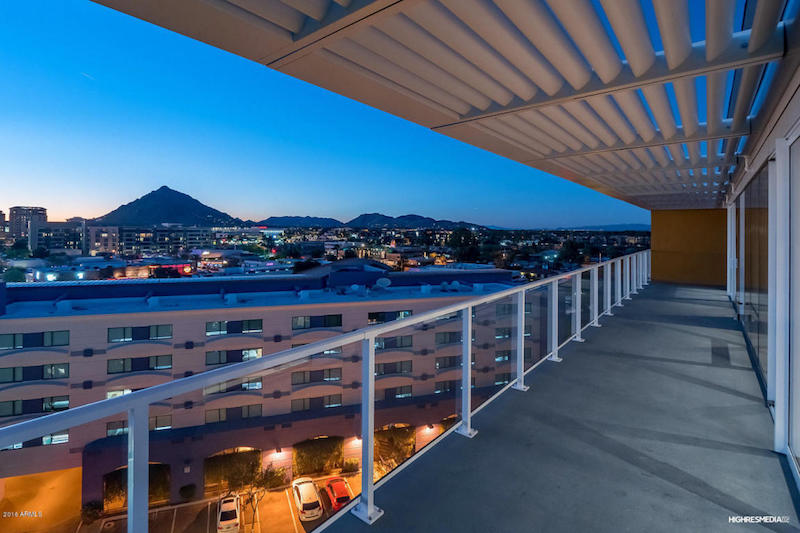
Moses says as a general rule, a fire retardant core must be used when MCM is placed above 40 feet. A PE core is code-compliant for most structures 40 feet high and under (roughly four stories). But once a building goes above 40 feet, in most cases, a fire-retardant core which meets the NFPA 285 standard, a well-established fire-test standard that demonstrates upward resistance to flame spread, must be used.
“The NFPA285 is a test not just for the MCM material, but the entire wall assembly,” said Moses. “This ensures that the entire cladding system has been tested and passed.”
According to Moses, another way to ensure product safety is to look for manufacturers that hold independent, third-party evaluation. The International Code Council Evaluation Service (ICC-ES) offers architects unbiased verification of MCM code compliance. MCM products that are supported with impartial, mainstream code compliance reports are recommended.

Moses also suggests using only MCM products that carry the Warnock Hersey (WH-ETL) Mark. These are products that have been certified-compliant by the building and construction industry’s most rigorous product testing organization. Maintaining the WH-ETL Mark is a continuous process, requiring quarterly inspection audits from Warnock Hersey to ensure ongoing compliance. This is especially important as the industry is starting to see more and more off-shore MCM manufacturers compromising the code by using MCM that does not meet code requirements.
“MCM, like any other building product, is safe when used in compliance with code,” said Moses. “Understanding the code and which products to use will help ensure we continue to build buildings that are as safe as they are beautiful.”
For more information about MCM and fire safety, click here.
Related Stories
Sponsored | Multifamily Housing | Oct 15, 2015
Apartment takes progressive turn in architecturally traditional D.C.
The new Lyric 440K Apartments is a 14-story structure housing 234 one- and two-bedroom units in the heart of D.C.'s up-and-coming Mount Vernon Triangle
Sponsored | Metals | Oct 13, 2015
Texas church building modernizes with metal wall panels
The church's pastor felt it was important to reconstruct their facility and update their image to appeal to up and coming generations.
Sponsored | Metals | Oct 9, 2015
How to identify a metal building
The metal buildings of yesteryear were drab and largely windowless. Now, an application that depends on big, beautiful windows can have everything it needs in a metal building system.
Sponsored | Coatings | Sep 25, 2015
Comfort and energy efficiency with cool metal roofs
Energy-efficient metal roofs, with cool coatings are at the forefront of innovation, helping to increase the efficiency of the building envelope.
Sponsored | Religious Facilities | Sep 25, 2015
Where Construction Meets Religion
The beliefs of the congregation required specific compass-orientations for certain rooms
Sponsored | Metals | Sep 22, 2015
ALPOLIC® Makes the Impossible Possible: Ryerson University Student Learning Centre
It’s said that Ryerson University can be found at the intersection of Mind and Action. Ryerson’s new Student Learning Centre can certainly be found there, although the actual street address is the intersection of Yonge and Gould, in the busy heart of Toronto, one of the world’s most vibrant and diverse cities.
Sponsored | Metals | Sep 8, 2015
Single Sourcing - A Metal Building Creates Peace of Mind
Building owners worry that a problem will occur and no responsible party will fix it. This is when your choice of builder matters.
Sponsored | Metals | Aug 7, 2015
Metal Building Helps Family Business
The new dealerships, consisting of two metal buildings, have made a difference to the community as a whole
Sponsored | Metals | Aug 6, 2015
How metal building systems work
In a contemporary metal building system, the size and shape can be just about whatever the project "wants."


